Do you really know anything about coffee from micro-batches?
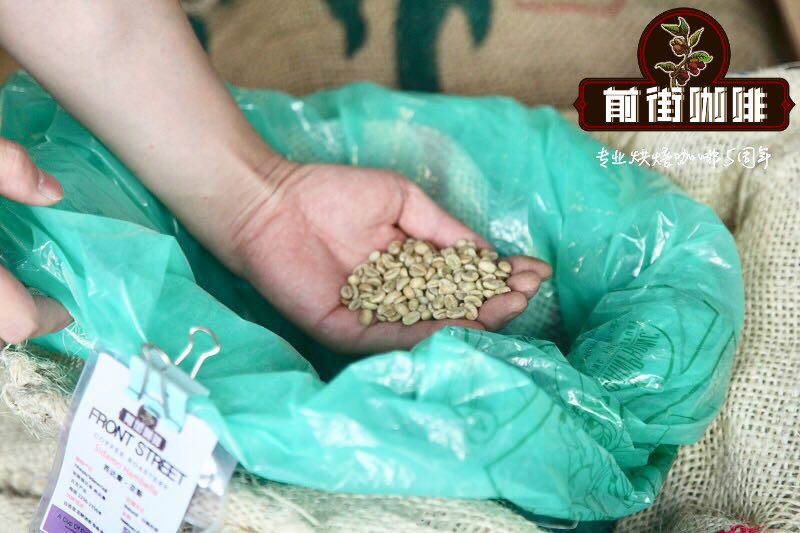
A friend of mine in the coffee industry, named Alex, pays close attention to the interests of coffee people in the industry chain during the arduous process of finding beans for customers. of course, the environmental protection of coffee origin is also one of her concerns.
In the past few years, we have been discussing the bean-hunting model based on the quality of coffee beans and the beneficial role of promoting micro-batch coffee of origin to promote and consolidate the development of the coffee industry. Alex likes to drink micro-batches of coffee of origin, but she also has a lot of questions about the sustainability, controllability and impact on the coffee market of micro-batches. The following is our discussion.
ALEX: can coffee growers rely on micro-batch coffee development strategies to improve their living standards? How long will the benefit last, one year or two years or ten or twenty years?
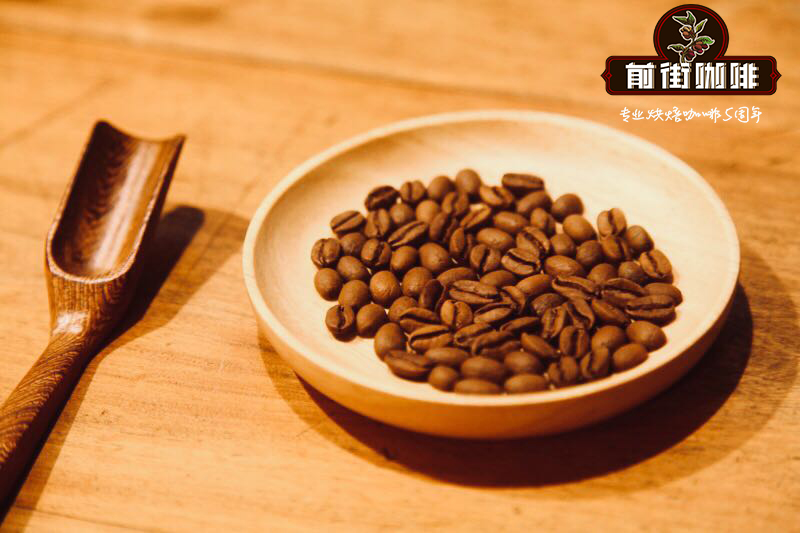
MS: I think micro-batch coffee is the most important issue in the boutique coffee industry today. The answer to your first question is yes-the concept of micro-batch coffee development strategy can improve the quality of life of coffee growers.
My answer to your second question is "I don't know". We need convincing data from different coffee producing countries, which must come from long-term tracking records of origin. At present, we do not have such data.
The creed of coffee quality advocates is that coffee quality is equal to quality of life. But they do not understand what quality is and how to measure it.
We have a Borderlands project in Narino, Colombia, and I will quote the data from this project to answer your question. The good news is that the data are true, but the bad news is that the Narino region is different, and methods that work in this region may not work elsewhere.
Before going any further into your question, what I want to say is: I don't think micro-batch coffee can save the coffee world or even the coffee market, and I don't think it is suitable for all coffee growers. Micro-batch coffee alone is unlikely to have much impact.
But your micro-batch coffee development strategy (mircrolot strategy), what we call it, is a product differentiation strategy, in which growers get high added value (selling beans at a higher price) through the cup evaluation quality (intrinsic value) and the coffee's qualification certificate (external packaging). This approach gives coffee growers in the Narino region a lot of room for manoeuvre in the coffee market over the past two harvest seasons. Before that, local coffee growers had only one price to choose from: the local market price of coffee. Now they have up to six prices to choose from: local coffee market price (the lowest price), AMagi AAMagna AAA, micro-batch price. The higher the quality of coffee, of course, the higher the price. Coffee with a fair trade certificate costs $0.20 per pound (another price in the price system).
Our data show that last year micro-batch coffee growers received a farm-free price (farmgate price) of $0.96 per pound. But there are not many such micro-batch coffee growers in our project, only 24. They produce only 9% of the coffee that enters the market. As I said before, the small volume of the micro batch itself will not have a big impact on the overall coffee market.
The magic of the concept of micro-batch coffee does not lie in the micro-batch coffee (single farm microlots) of a single farm but in the micro-batch coffee (community lots) of the collective farm, which covers more growers (about 300 growers in our project) and produces more coffee than the micro-batch coffee of a single farm (about 10 times). The farm delivery price for this type of micro-batch coffee is $0.37 per pound (they belong to the AMagi AAMagi AAA grade in the price system mentioned earlier).

This is the focus of the micro-batch development strategy: the micro-batch of a single farm creates reputation and influence for the coffee growers in the whole region, thus creating conditions for the survival of the micro-batch coffee of the collective (cooperative) (Amathea and AAA), so that the coffee of more coffee growers can enter the market at a higher price. The point is that if there is no micro-batch coffee (microlots), there will be no Amae Amam AAA grade coffee. For example, if a coffee lover is obsessed with singlevariety Maragogype, Dona Corona Zambrano in Tree Pier, coffee experts can tell that the news must be spread through the operation system of micro-batch coffee to the collective (cooperative) micro-batch coffee producing areas in PiedraBlanca, or even to all Narino producing areas, thus creating opportunities for more coffee growers.
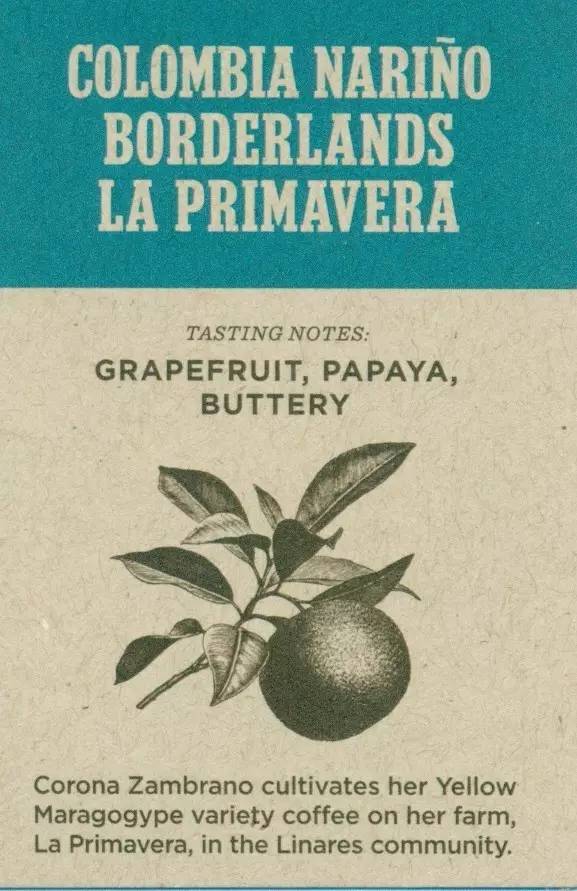
Single variety Maragogype, Dona Corona Zambrano of Tree Pier City

CORONA ZAMBRANO
We are encouraged by the progress in the high-priced coffee market, and we feel that there are not enough growers entering this market, and there are only a few hundred growers in our project. But there are 40000 coffee growers (families) in the Narino region alone and more than 500000 coffee growers (families) throughout Colombia. How many of them will join this high-value coffee market? How long will it take to enter? How much economic benefits will they enjoy? What is the economic return of society's investment to coffee growers? These are all questions that need to be verified at present. All in all, my conclusion to your first question is that the development strategy of micro-batch coffee (including but not limited to single farm micro-batch coffee in the general sense) can help to improve the quality of life of coffee growers.
The beans of Polsa Pacamara in Guatemala belong to microbatches, with only 138 kilograms in the world, which is rare.
Polsa Manor, located in the province of Laliberta in Guatemala, produces coffee of stable quality. the coffee produced by this estate has won a number of coffee cup test awards, and their coffee is often seen in various barista competitions.
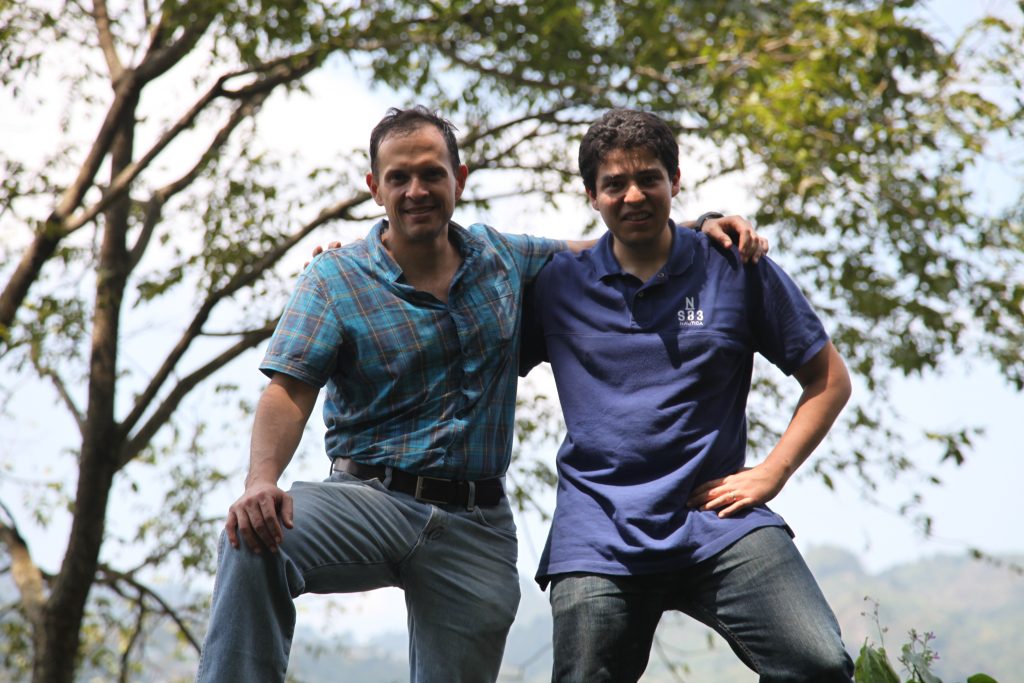
Polsa Manor is adjacent to the most famous Incht estate in Guatemala, and the quality produced is indistinguishable and is often difficult to choose in a variety of competitions.
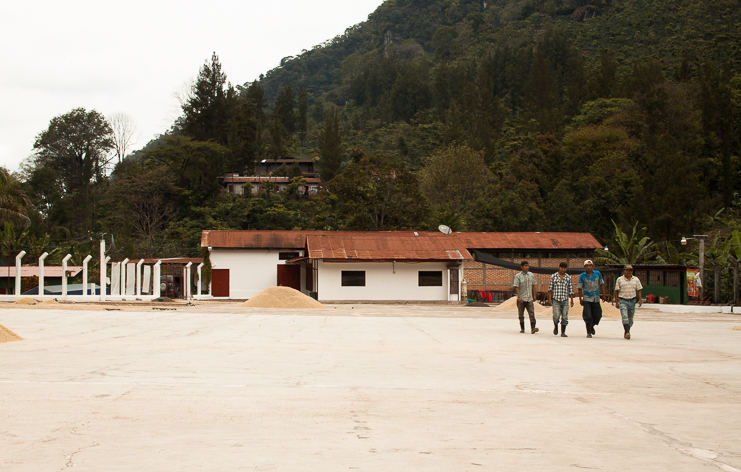
In 1956, Dr. George Jorge Vides (Dr. Jorge Vides) bought the fertile land and began his career of growing coffee. Now it is the third generation of Mr. Renardo Ovalle to manage the estate.
Bought by a prominent medical expert, the land was not used for coffee production in 1958. Jorge has won several awards for his coffee production and service in the Weitnango area, which has been named after him in the coffee growing community as well as the main hospital. Polsa competed in the 2002 Excellence Cup coe and ranked second, scoring 94.98.
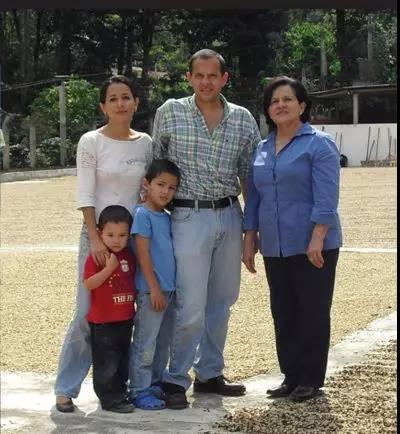
The Peters family located the estate at its core in the valleys of the Cuchumatanes Mountains, through which two rivers pass, setting up many daily institutions along the riverbank, such as schools, farmhouses, hydroelectric farms and, most importantly, raw bean washing plants and drying plants.
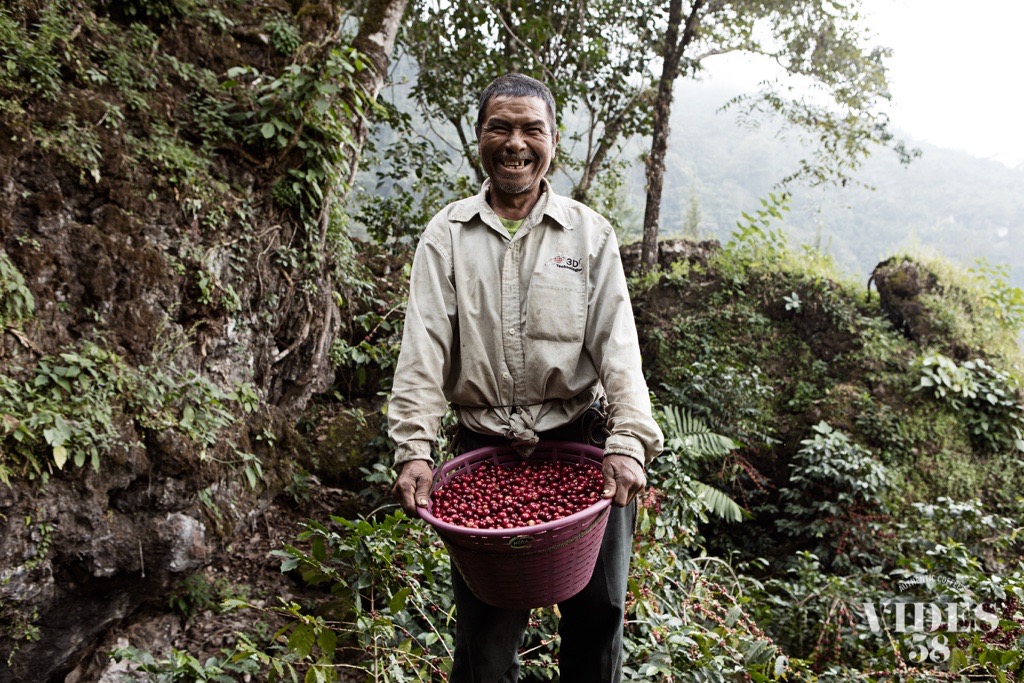
Of the current land area of about 100 hectares, 80 hectares are used to grow coffee trees and use organic compost and water sources produced by the natural environment. Most of the local coffee trees are 15 years old, with three to four pruning times a year, three to four times of pest control, three to four times of fertilization, and four times of harvest during the harvest season, unlike other Guatemalan estates. because the mountain is very steep, all the work must be done by hand, which strengthens the quality of coffee, but also makes the production work very hard.

In 2002, Polsa Manor won second place in the Excellence Cup in Guatemala, winning the title with a high score of 94.98.
In 2005, Polsa Manor was selected by Anacafe and German channel DWTV as the protagonist of Vivetnam's coffee documentary to shoot how to produce high-quality coffee in Guatemala, which is now well known in coffee producing areas around the world.
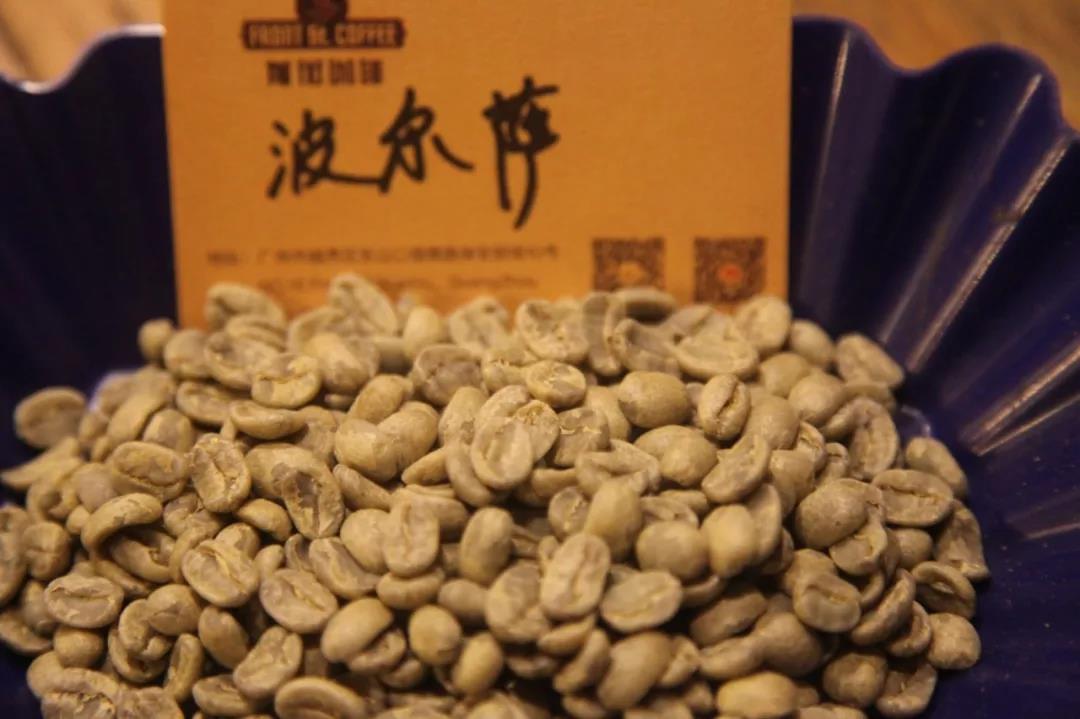

Purchase link: https://item.taobao.com/item.htm?spm=a1z10.5-c-s.w4002-15673140460.18.7d576805qlQxkE&id=571863079054
Important Notice :
前街咖啡 FrontStreet Coffee has moved to new addredd:
FrontStreet Coffee Address: 315,Donghua East Road,GuangZhou
Tel:020 38364473
- Prev

The most controversial cup test, Kopi Luwak and Rosa Coffee
Following Cafe Review (Wechat official account vdailycom) found that Beautiful Cafe opened a small shop of its own. The coffee roasting / retailer The Temple Coffee team from Sacramento in the central United States specially organized a cup test activity-Kopi luwak (civet coffee) VS. Rosa Coffee to test people's views on these two coffees, both of which are the most famous on the market.
- Next
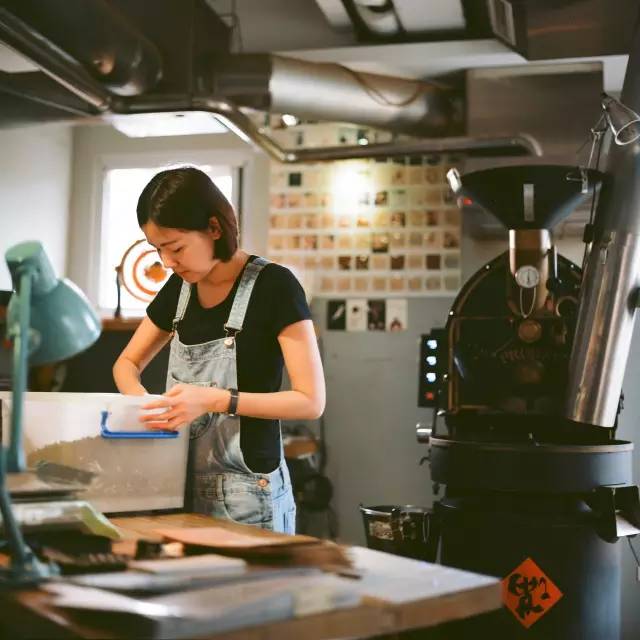
Chen Yujia, a teacher from Taiwan, talked about "how well this bean should be baked."
"how should this bean be baked?" as a baker, this is a question that is often asked. We often hear the owner of a small independent self-baking shop (usually also a bean baker) point out that my coffee beans are different from the deep roasting of ordinary chain stores when they talk about their own baking ideas. However, usually this also means dislike
Related
- Beginners will see the "Coffee pull flower" guide!
- What is the difference between ice blog purified milk and ordinary milk coffee?
- Why is the Philippines the largest producer of crops in Liberia?
- For coffee extraction, should the fine powder be retained?
- How does extracted espresso fill pressed powder? How much strength does it take to press the powder?
- How to make jasmine cold extract coffee? Is the jasmine + latte good?
- Will this little toy really make the coffee taste better? How does Lily Drip affect coffee extraction?
- Will the action of slapping the filter cup also affect coffee extraction?
- What's the difference between powder-to-water ratio and powder-to-liquid ratio?
- What is the Ethiopian local species? What does it have to do with Heirloom native species?

